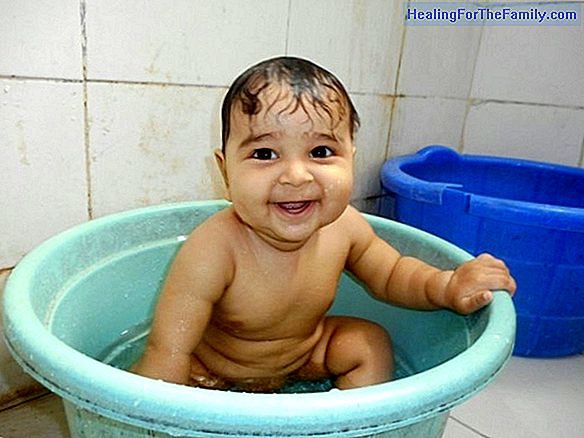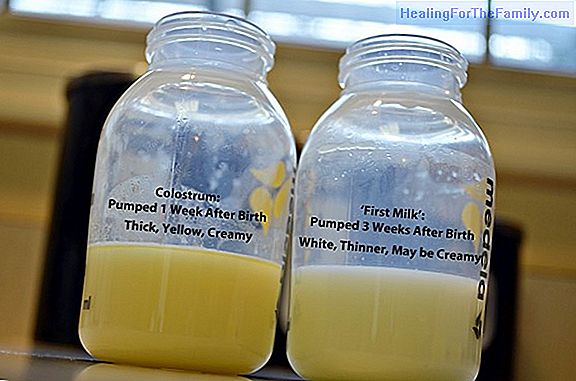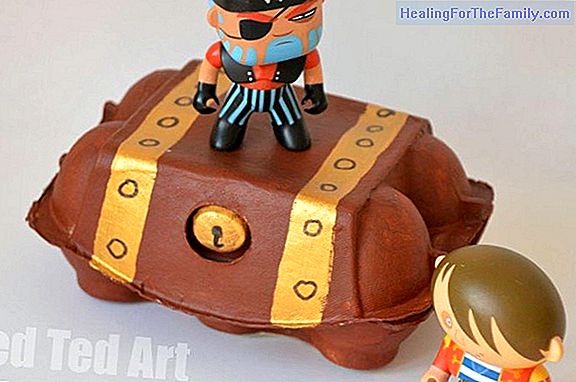How to take a baby's temperature
Fever in infants and children is considered to be any temperature above 38 ° C axillary or above 38.5 ° C rectally. However, low-grade fever is the elevation of the axillary temperature between 37 and 38ºC. The variation in degrees between rectal and axillary temperature is 0.5ºC. Fever is the most
Fever in infants and children is considered to be any temperature above 38 ° C axillary or above 38.5 ° C rectally. However, low-grade fever is the elevation of the axillary temperature between 37 and 38ºC. The variation in degrees between rectal and axillary temperature is 0.5ºC. Fever is the most frequent reason for consultation in Pediatrics y, and that is a factor that causes a lot of anxiety in the parents.Why does the child have a fever?
In general

the most frequent cause is an infection , but not always. They may also have fever due to dehydration, neurological diseases, heat stroke, chronic diseases ... Teething alone causes a low-grade fever. Some vaccines may produce post-vaccinal reactions with high fever.Is there a risk that the child has a fever?
By itself it does not involve specific risks, except for a small percentage (1-5%) of children under 5-6 years of age, in which if there is a constitutional predisposition it can produce febrile seizures (it does not depend on the degree of fever), and in Small infants can increase fluid loss and promote dehydration.
High fever itself does not cause meningitis or damage the brain . Fever alters the general state of the child, so it is preferable to evaluate it when it is without fever.How do you take a baby's temperature?
The use of glass thermometers with mercury is already discouraged, since glass can be broken, and mercury is also toxic.
Electronic thermometers are the most recommended today, one of its advantages is that you can place a suitable probe for measurements in the mouth, rectum or armpit. The measurement in the rectum is the most recommended for babies and small children under 5 years. However, for children it is a little uncomfortable and,
in general, measurements are made in the armpit con, with the arm pressed against the body. Plastic strip thermometers change color to show the temperature, but they are the least accurate method. You must put the strip on your forehead and read it while you are there.Electronic thermometers for use in the ear are common and easy to use, but the results are less precise. A tip: clean the thermometer before and after using it with soap and water or antiseptic.












